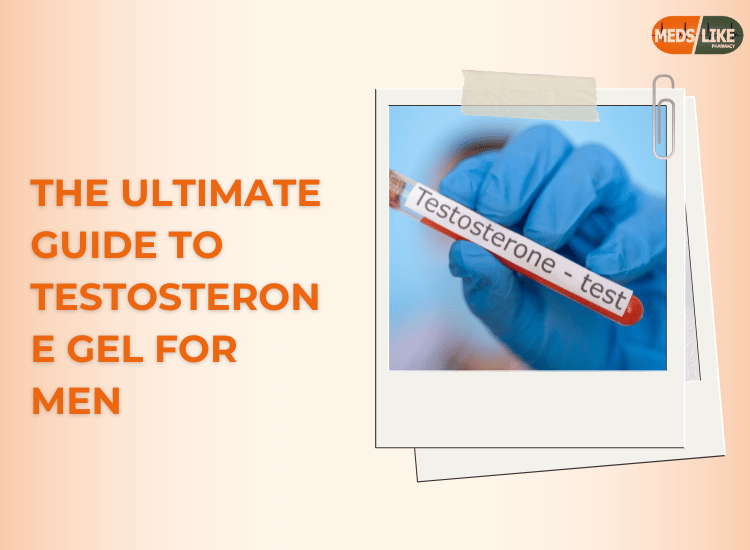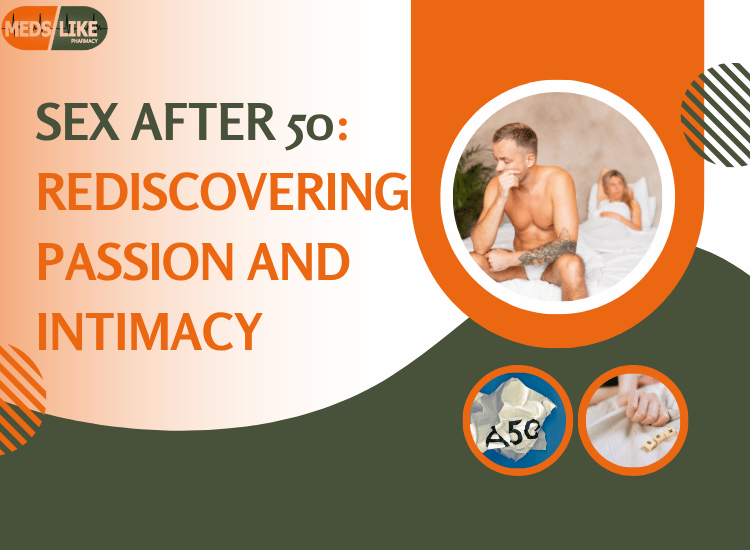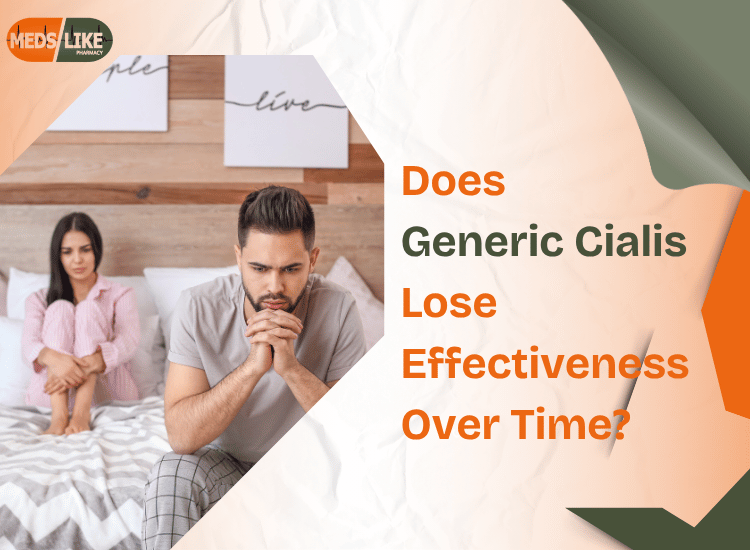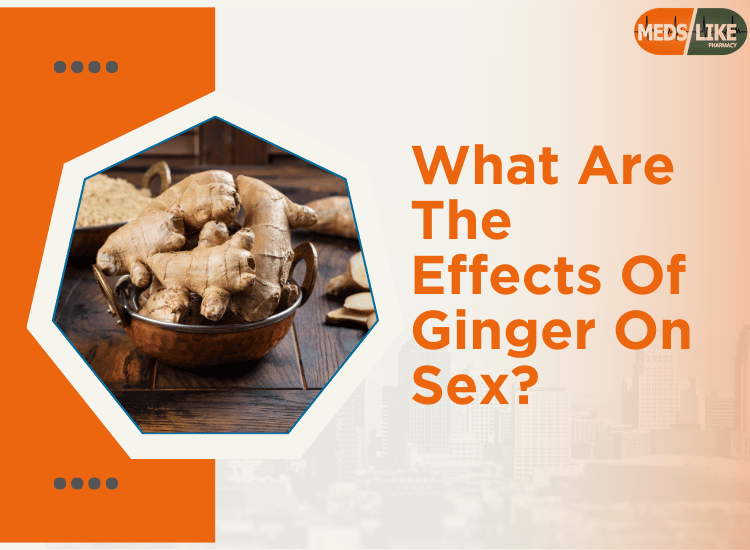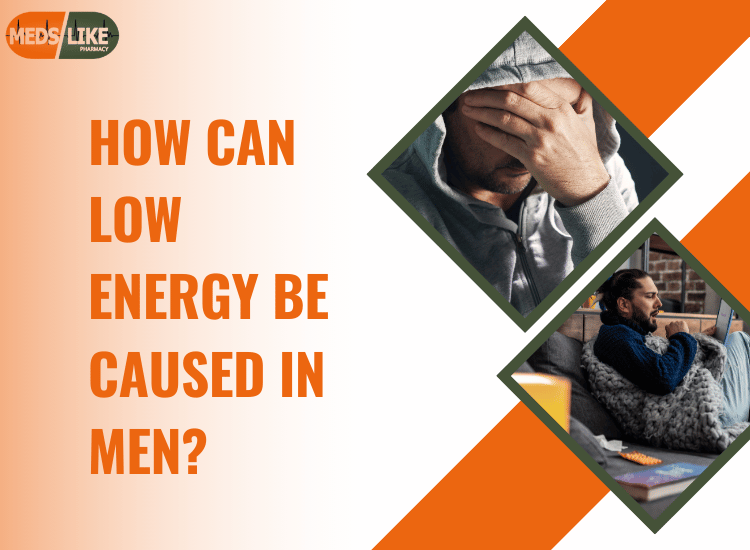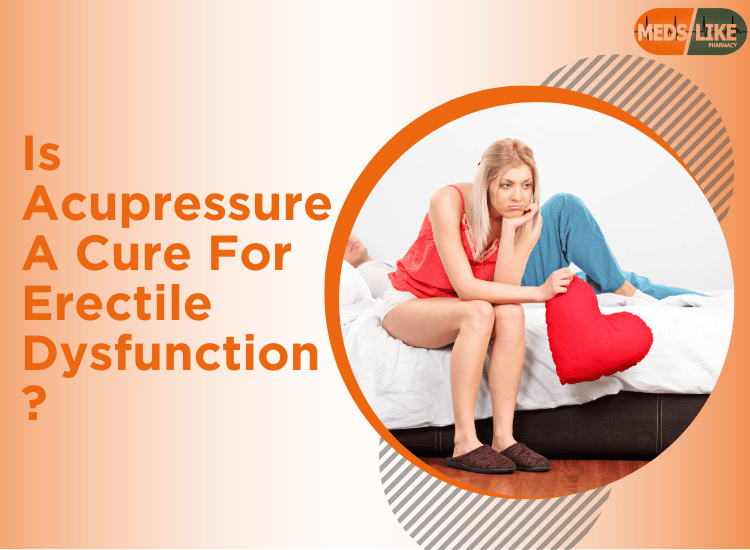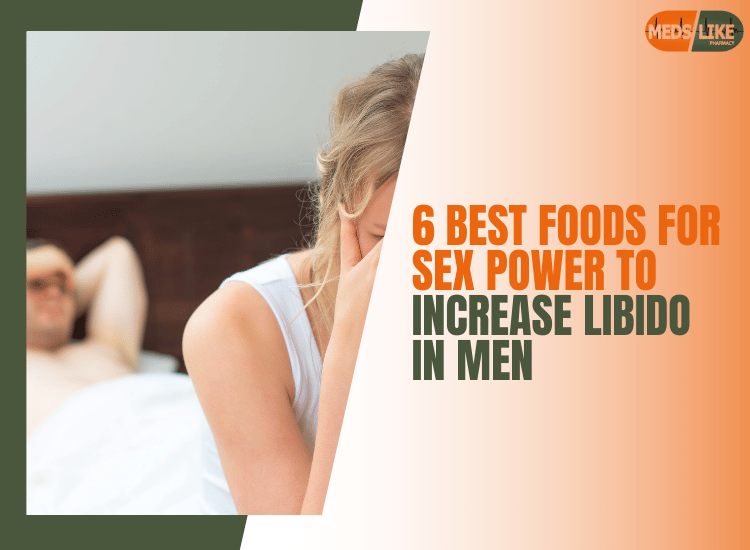Testosterone Gel is a vital hormone in the male body, playing a crucial role in muscle development, bone density, mood regulation, and overall well-being. However, as men age, testosterone levels naturally decline, leading to symptoms such as fatigue, reduced libido, weight gain, and decreased muscle mass. One effective way to counteract these effects is through testosterone replacement therapy (TRT), with testosterone gel being a popular and convenient option.
This guide explores the benefits, proper usage, and dosage of testosterone gel for men.
What is Testosterone Gel?
Testosterone gel is a topical form of hormone replacement therapy (HRT) designed to supplement testosterone levels in men diagnosed with low testosterone (hypogonadism). It is absorbed through the skin and gradually enters the bloodstream, helping to restore normal hormone levels and alleviate symptoms associated with low testosterone.
Common brands of testosterone gel include:
- AndroGel
- Testim
- Fortesta
- Axiron
- Vogelxo
Benefits of Testosterone Gel
Using testosterone gel can provide several significant health benefits, including:
1. Increased Energy Levels
Men with low testosterone often experience chronic fatigue and low energy. Testosterone gel helps boost stamina and vitality, making daily activities more manageable.
2. Enhanced Libido and Sexual Performance
Low testosterone is linked to decreased sex drive and erectile dysfunction. Testosterone gel can improve sexual desire and performance by restoring normal hormone levels.
3. Improved Mood and Mental Clarity
Testosterone plays a role in mood regulation and cognitive function. Many men using testosterone gel report improved mood, reduced irritability, and enhanced mental focus.
4. Muscle Growth and Fat Reduction
Testosterone supports muscle development and helps regulate fat distribution. Regular use of testosterone gel, combined with exercise, can improve muscle mass and reduce body fat.
5. Stronger Bones
Low testosterone levels are associated with decreased bone density, increasing the risk of osteoporosis and fractures. Testosterone gel helps maintain bone strength and reduces the risk of bone-related issues.
6. Better Sleep Quality
Low testosterone can contribute to sleep disturbances, including insomnia. Some men experience improved sleep patterns after using testosterone gel.
How to Use Testosterone Gel
Proper application of testosterone is essential for safety and effectiveness. Follow these steps to ensure optimal absorption:
1. Choose the Right Application Site
Most testosterone gels are applied to the upper arms, shoulders, or abdomen. Some brands specify particular areas, so always check the product instructions.
2. Apply to Clean, Dry Skin
Before application, wash and dry the area thoroughly. Avoid applying the gel to broken or irritated skin to prevent unwanted side effects.
3. Use the Recommended Amount
Testosterone gel comes in pre-measured packets or pumps. Always use the prescribed amount, as applying too much or too little can affect hormone levels.
4. Allow the Gel to Dry Completely
Let the gel dry for a few minutes before dressing. This prevents it from transferring to clothing or other people through skin contact.
5. Wash Hands Thoroughly
After applying the gel, wash your hands to avoid accidental transfer to others, particularly children and women.
6. Avoid Water Exposure for a Few Hours
To ensure proper absorption, avoid showering, swimming, or heavy sweating for at least 2-5 hours after application.
Dosage Guidelines for Testosterone Gel
Testosterone gel is available in different strengths, and the dosage varies based on individual needs. The typical starting dose is 50 mg per day, but a doctor may adjust this based on testosterone levels and response to treatment.
Common Dosage Recommendations by Brand:
- AndroGel 1%: 50-100 mg per day
- AndroGel 1.62%: 40.5-81 mg per day
- Testim 1%: 50-100 mg per day
- Fortesta 2%: 10-70 mg per day (applied to thighs)
- Axiron 2%: 30-120 mg per day (applied to underarms)
Regular blood tests are required to monitor testosterone levels and adjust the dosage if necessary.
Potential Side Effects and Risks
While testosterone gel is generally safe when used correctly, it may cause some side effects, including:
Common Side Effects:
- Skin irritation at the application site
- Increased acne or oily skin
- Headaches or dizziness
- Increased red blood cell count (polycythemia)
- Swelling in the legs or feet
Serious Risks:
- Prostate Issues: Men with a history of prostate cancer should use testosterone therapy with caution, as it may stimulate prostate growth.
- Cardiovascular Concerns: Some studies suggest a potential link between testosterone therapy and an increased risk of heart attacks or strokes in older men with pre-existing conditions.
- Sleep Apnea Worsening: If you already have sleep apnea, testosterone therapy may exacerbate symptoms.
Who Should Avoid Testosterone Gel?
Testosterone is not suitable for everyone. You should avoid using it if:
- You have a history of prostate or breast cancer.
- You have severe heart, liver, or kidney disease.
- You are trying to conceive (testosterone therapy can lower sperm production).
- You are under 18 years old unless prescribed for specific medical conditions.
Testosterone Gel vs. Other TRT Options
Testosterone replacement therapy comes in various forms, including injections, patches, and oral tablets. Here’s how testosterone compares:
| Treatment Type | Pros | Cons |
|---|---|---|
| Testosterone Gel | Easy to apply, steady hormone levels | Risk of skin transfer, daily application needed |
| Injections | Long-lasting, cost-effective | Requires needles, possible hormone level fluctuations |
| Patches | Steady hormone release | May cause skin irritation, needs daily replacement |
| Oral Tablets | Convenient, no skin contact issues | May have liver-related risks, less commonly prescribed |
Conclusion
Testosterone gel is an effective and convenient treatment for men experiencing low testosterone levels. With benefits like increased energy, improved mood, enhanced libido, and muscle growth, it can significantly improve overall well-being. However, proper usage, monitoring, and consultation with a healthcare professional are essential to ensure safety and effectiveness.
If you suspect you have low testosterone, consult your doctor to discuss whether testosterone is the right option for you. With the right approach, you can regain vitality and lead a healthier, more fulfilling life.

